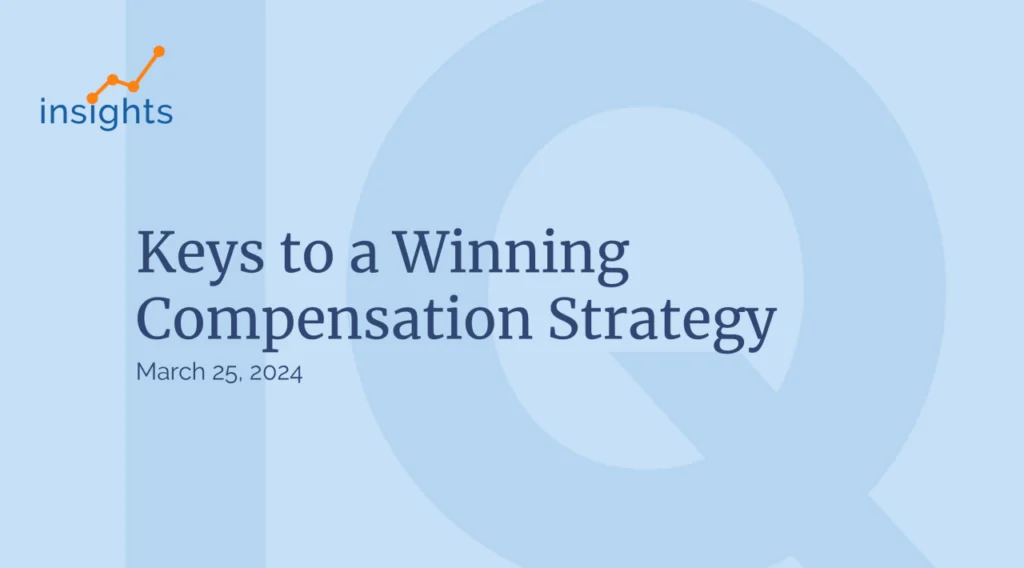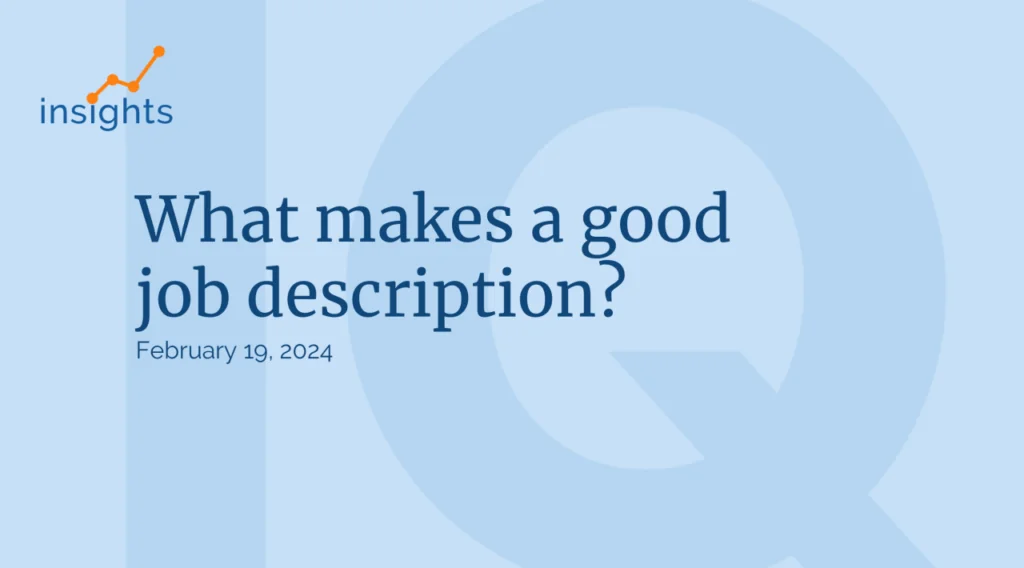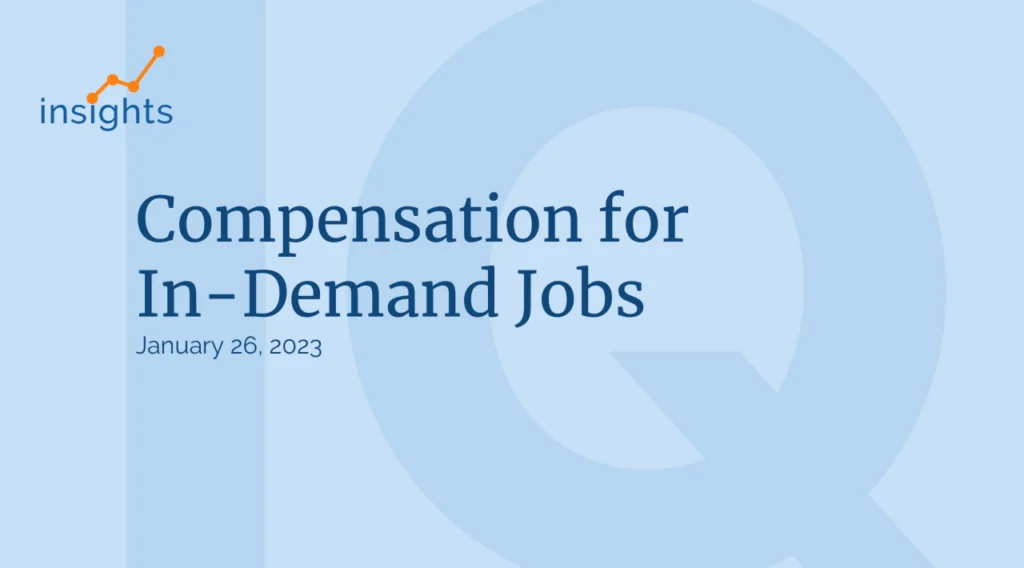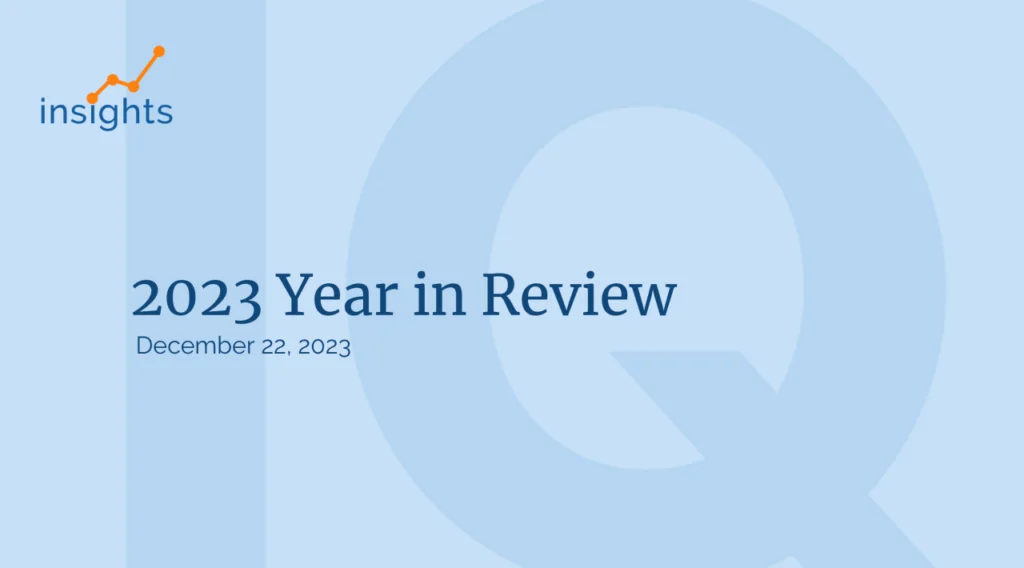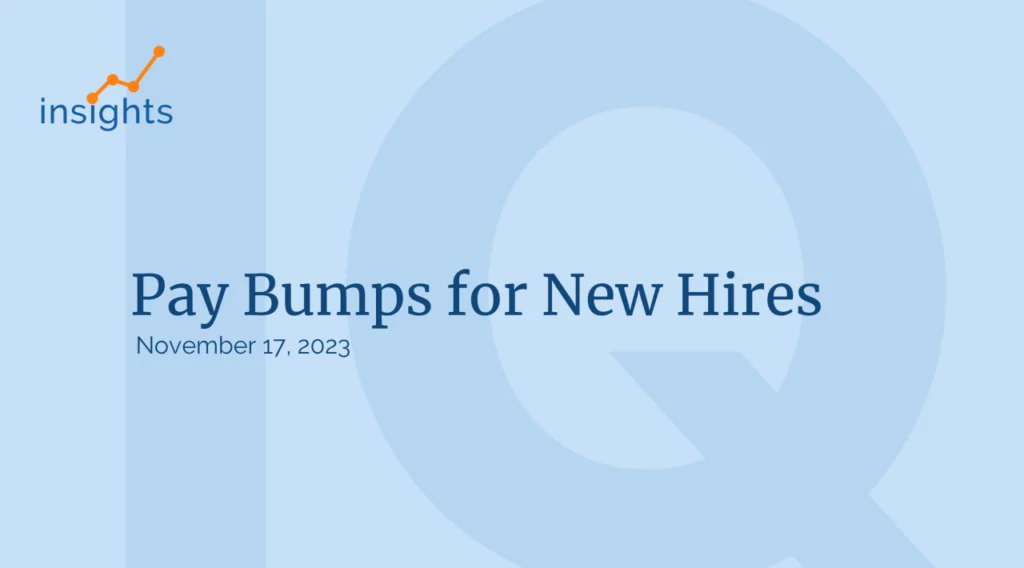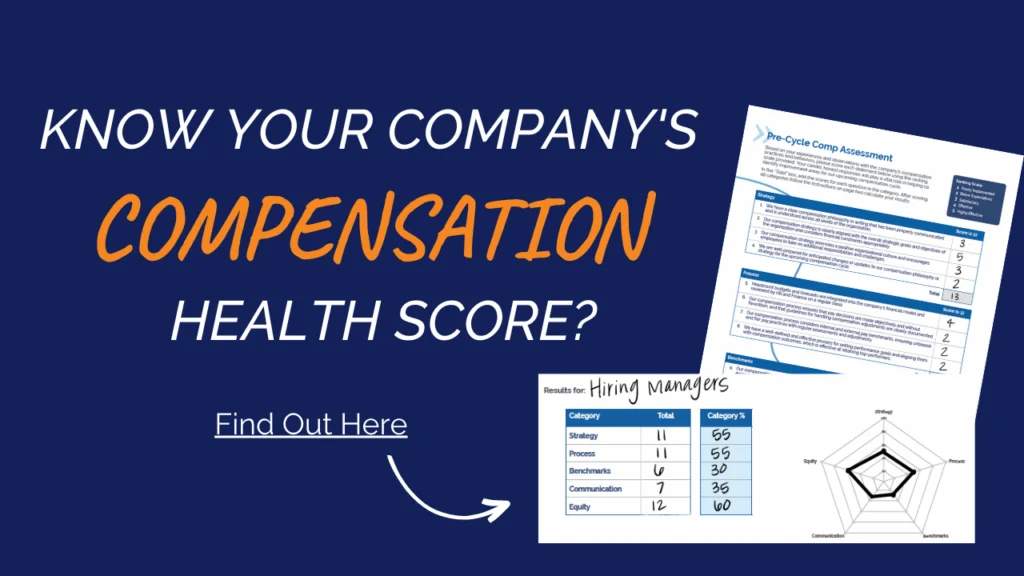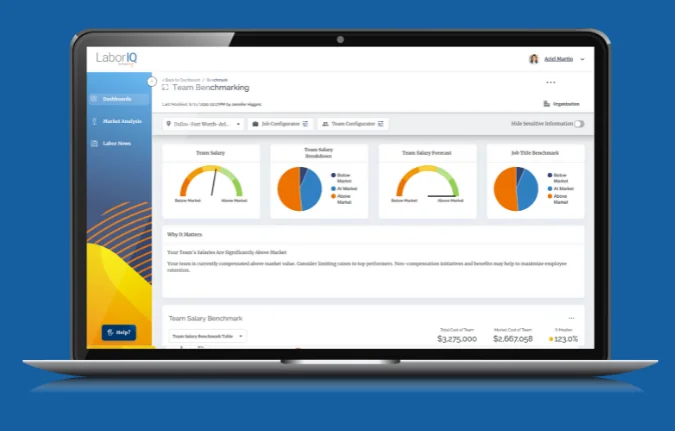Compensation Strategy and Talent Management in Focus
As 2026 approaches, human resources and talent acquisition professionals face evolving challenges in talent management and compensation strategy. The intersection of economic uncertainty, shifting workforce demands, and regulatory changes necessitates a more modern and strategic approach to pay practices. Three key trends will shape the HR landscape: heightened focus on retention, strategic wage growth planning, and expectations for pay transparency and fairness.
Talent Retention Takes Center Stage
The cost of employee turnover continues climbing, making retention a top priority for HR teams.
Because this labor market has been characterized by a combination of low hiring and low layoffs, talent retention strategies can’t be pushed to the back burner as something to be addressed when the outlook improves.
– Mallory Vachon, PhD, LaborIQ Chief Economist
Organizations will rely on salary benchmarking and compensation analysis tools like LaborIQ to identify retention risks early and reduce costly turnover. Access to reliable salary data through platforms like LaborIQ enables HR teams to identify flight risks before employees start job searching.
Modern HR compensation software now provides salary insights customized for individual employees, helping companies proactively address compensation gaps. This data-driven approach to retention replaces reactive counteroffers with strategic salary adjustments. By utilizing salary benchmarking data, HR professionals can make informed decisions about promotions, merit increases, and off-cycle adjustments that keep top performers engaged.
Compensation Strategy and Wage Growth Planning
Real-time compensation market data and predictive analytics will be essential for HR leaders building 2026 compensation budgets that align with market trends and pay equity goals. Traditional annual surveys no longer provide the agility needed in volatile labor markets. Compensation data analytics platforms offering real-time market salary data updated monthly allow HR professionals to anticipate wage pressures and adjust budgets accordingly.
Organizations using comprehensive compensation management software can benchmark US compensation data against current market rates across 150+ metro areas. This granular approach to market salary data helps companies remain competitive without overpaying. Smart HR teams will combine historical trends with predictive analytics to forecast future compensation needs, ensuring headcount budgets reflect realistic market conditions.
Pay Transparency Becomes Standard Practice in Compensation Strategies
Compensation transparency requirements continue expanding across states, with several new regulations taking effect in 2026. This makes pay band compensation systems critical infrastructure rather than optional tools. Organizations need structured approaches to creating salary bands that withstand public scrutiny while maintaining internal equity.
A strong pay band management system simplifies salary structure design, ensuring internal equity, compliance with pay transparency laws, and alignment with current market data. Pay transparency also increases employee trust and reduces negotiation friction during hiring and promotions.
Choosing the Right Tools
The best website for salary data combines these elements—offering salary benchmarking data, pay transparency tools, and labor market forecasting in one integrated platform. HR leaders who embrace these trends and invest in quality compensation data analytics will build more resilient, equitable compensation strategies that attract talent, reduce turnover, and support business growth throughout 2026.





